Tombstone, AZ – -(Ammoland.com)- The police killing of Amir Locke while executing a warrant in Minneapolis, has once again drawn attention to the dangerous and often deadly use of violent surprise tactics in the service of search and arrest warrants. While the common refrain is a call-to-end use of “no-knock” warrants, those are not the only warrants that are a problem. Some warrants authorize police to breach the door directly after knocking or announcing. Too often a warrant that authorizes “dynamic entry” creates more problems than it solves – for both police and the public.
Few details are available in the case of Amir Locke beyond the badge cam videos, but the basics are clear. Using a key from management, police quietly entered the apartment of Locke’s cousin to serve a warrant in a homicide case. The cousin was absent, but Locke, who was visiting, was asleep on the couch.
As officers entered, they began yelling their typical litany of contradictory commands:
- “Police – Warrant!”
- “Get on the Ground!”
- “Show your hands!”
- “Don’t move!”
…and so on, and kicked the couch where Locke was sleeping, the 22-year old emerged from beneath a blanket with a pistol in his right hand. At this point, an officer fired several shots, killing him.
The shooting was probably justifiable from the officer’s viewpoint, as he perceived the threat of a gun, but Locke was probably startled and confused, and also justified in grabbing a gun at the violent invasion.
Had Locke been in a less helpless position and somehow been able to fire at masked men coming into the apartment and rousting him from his sleep, there is ample precedent for a finding of self-defense. A dynamic entry puts the rights of the officers and the right of occupants of a home in direct conflict resulting in a situation where both sides can claim a justifiable use of deadly force.
In other words, a raid can create a free-fire zone. Also, for the record, it is not at all uncommon for criminal home invaders and drug rip-off crews to impersonate police as they are assaulting a home.
As mentioned, Locke was not a resident of the apartment, nor was he named in the warrant. Conflicting statements have come out regarding his possession of the pistol, but the consensus is that it was legally owned by Locke and that he might have had a concealed carry permit. Regardless of other details, unless Locke was a “prohibited person” under federal or state law – which it appears he was not – then his possession of a handgun in a home would be completely legal.
The police request for a “no-knock” warrant has not been published, and the reasoning for the alleged demand for one has not been made clear. A 17-year old cousin, brother to the tenant of the apartment where Locke was killed, was later arrested in connection with a January 10 homicide. That cousin lived in a different apartment in the same building but was known to frequent his older brother’s apartment, so police had warrants for both apartments.
The teen cousin is on probation for a previous shooting, raising questions about the efficacy of the Minneapolis justice system?
Protests calling for a ban on the use of “no-knock” warrants, erupted in Minneapolis as news of the killing spread. Of course, Minneapolis was the epicenter of the 2020 protests and riots after the death of George Floyd. During those protests, which went international, another name was frequently mentioned, that of Breonna Taylor, who, like Amir Locke, was killed by police serving a warrant regarding someone else.
Locke and Taylor are just the most prominent, recent examples among many around the country, several of which I have written about in the past. At about the same time that Breonna Taylor was killed, a 21-year old man named Duncan Lemp was also killed by police executing a “no-knock” warrant in Maryland. Lemp was the target of the warrant, based on suspicion that he might possess an illegal rifle. Not that there was any indication that he had, or intended to use the rifle in a crime, just that he was thought to be in possession of one that has been banned in Maryland.
Unlike the Amir Locke case, there is no body-cam footage of the incident, apparently because the police union demanded exemption from body-cam requirements during SWAT raids. Officials said this policy would be revised. They have also never released the name or record of the officer who actually pulled the trigger. A subsequent investigation (by the police) cleared the police of any wrongdoing.
The main difference between the killing of Breonna Taylor and Duncan Lemp, is that Lemp was a Caucasian from an upper-middle-class family, and an outspoken constitutionalist, while Taylor was Black and working class. Police killing a “rich White kid” did not feed the current narrative, so coverage of Lemp’s case never gained traction outside of “right-wing” circles. Had Duncan Lemp been a Black man, you can bet that his killing would have been headline news, and protests would have ensued. But that’s a discussion for a different time.
The key takeaway right now from these tragedies is not about race. It’s about critically flawed police procedures, and the lack of accountability, both for police who carry out the flawed raids, and the judges who authorize them.
It needs to be said that my default position is to support the police. Members of my family and several close friends have served and currently serve in law enforcement ranging from patrol officer to county sheriff to federal agent. No small part of my opposition to reckless warrant service stems from a concern for officer safety. As pointed out above, under Castle Doctrine rules, an officer serving a warrant in a dynamic entry can face an armed homeowner who can justify use of deadly force. Until a homeowner can verify that the people attacking him are law enforcement officers with a duly sworn warrant, he is under no obligation to allow them entry into his home.
Unfortunately, the number of “dynamic entries” is rising. According to Professor Peter Kraska, of Eastern Kentucky University, the number of “no-knock” and “quick-knock,” SWAT-style raids for serving warrants nationwide, soared from around 3,000 per year in 1981, to over 60,000 per year today.
While I believe there are some very limited circumstances where a “no-knock” or “announce and enter,” or similar “dynamic entry” type of warrant can be justified, those circumstances should be limited to situations where speed is essential because innocent lives are at risk. The risk of destruction of evidence is a specious argument. Commercial quantities of drugs or other contraband won’t flush, and smaller quantities aren’t worth the trouble or the risk.
Tightening rules around dynamic entry warrants is not the best solution. History shows that police can be very creative at working around such restrictions, while still obeying the letter – if not the spirit – of the law. I believe that a better solution is to inject a healthy helping of accountability into the mix. Those requesting, authorizing, and executing warrants in a high-risk manner need to take on a share of the civil risk.
The police officer who swears out the warrant, the senior officer who signs off on it, the judge who issues the warrant, and the officers who execute it, all need to lose some or all of their qualified immunity if the raid goes sideways. Everyone in the legal chain trail of a warrant authorizing high-risk tactics should bear personal, legal liability for anything that goes wrong. If an innocent or a police officer is killed or injured, if the wrong house is hit, the wrong door kicked, or a dog killed unnecessarily, there must be a personal price to pay by everyone involved. If each individual involved has his own skin in the game it might focus minds more on the possible dangers and risks involved in kicking in doors in the middle of the night.
This isn’t a Black thing, a White thing, or a Blue thing. It’s a right and wrong thing. It’s also a Constitution thing.
The Fourth Amendment states:
“The right of the people to be secure in their persons, houses, papers, and effects, against unreasonable searches and seizures, shall not be violated, and no Warrants shall issue, but upon probable cause, supported by Oath or affirmation, and particularly describing the place to be searched, and the persons or things to be seized.”
While an argument can be made that these warrants are issued “upon probable cause, supported by Oath,” it’s a safe bet that the framers wouldn’t consider battering rams and flash-bang grenades as “reasonable.” The vast majority of the time, there’s a better way, and police, judges, and prosecutors need to be motivated to find that better way, and stop these tragedies. The time has come for less adrenaline-charged tactics. What’s so urgent? Set a perimeter. Order pizza.
About Jeff Knox:
Jeff Knox is a second-generation political activist and director of The Firearms Coalition. His father Neal Knox led many of the early gun rights battles for your right to keep and bear arms. Read Neal Knox – The Gun Rights War.
The Firearms Coalition is a loose-knit coalition of individual Second Amendment activists, clubs and civil rights organizations. Founded by Neal Knox in 1984, the organization provides support to grassroots activists in the form of education, analysis of current issues, and with a historical perspective of the gun rights movement. The Firearms Coalition has offices in Buckeye, Arizona and Manassas, VA. Visit: www.FirearmsCoalition.
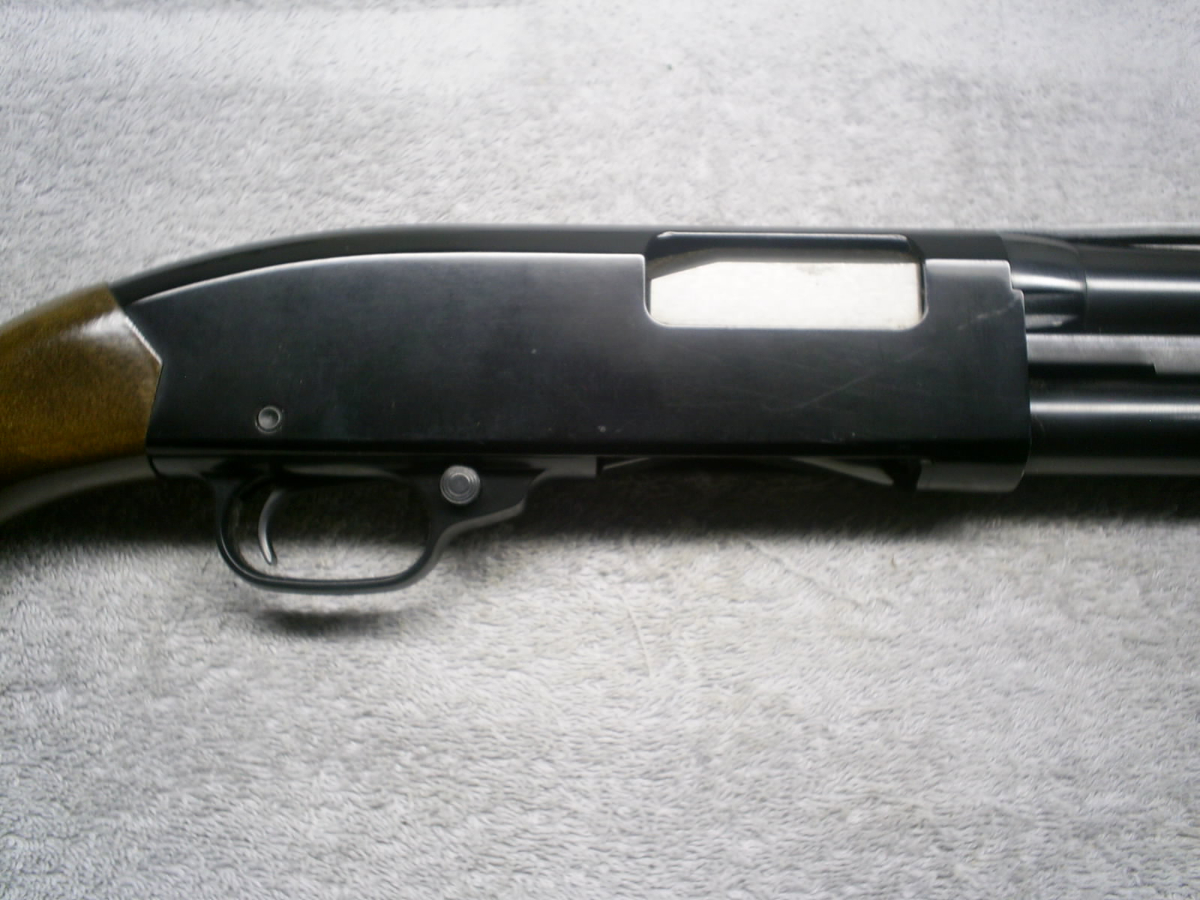
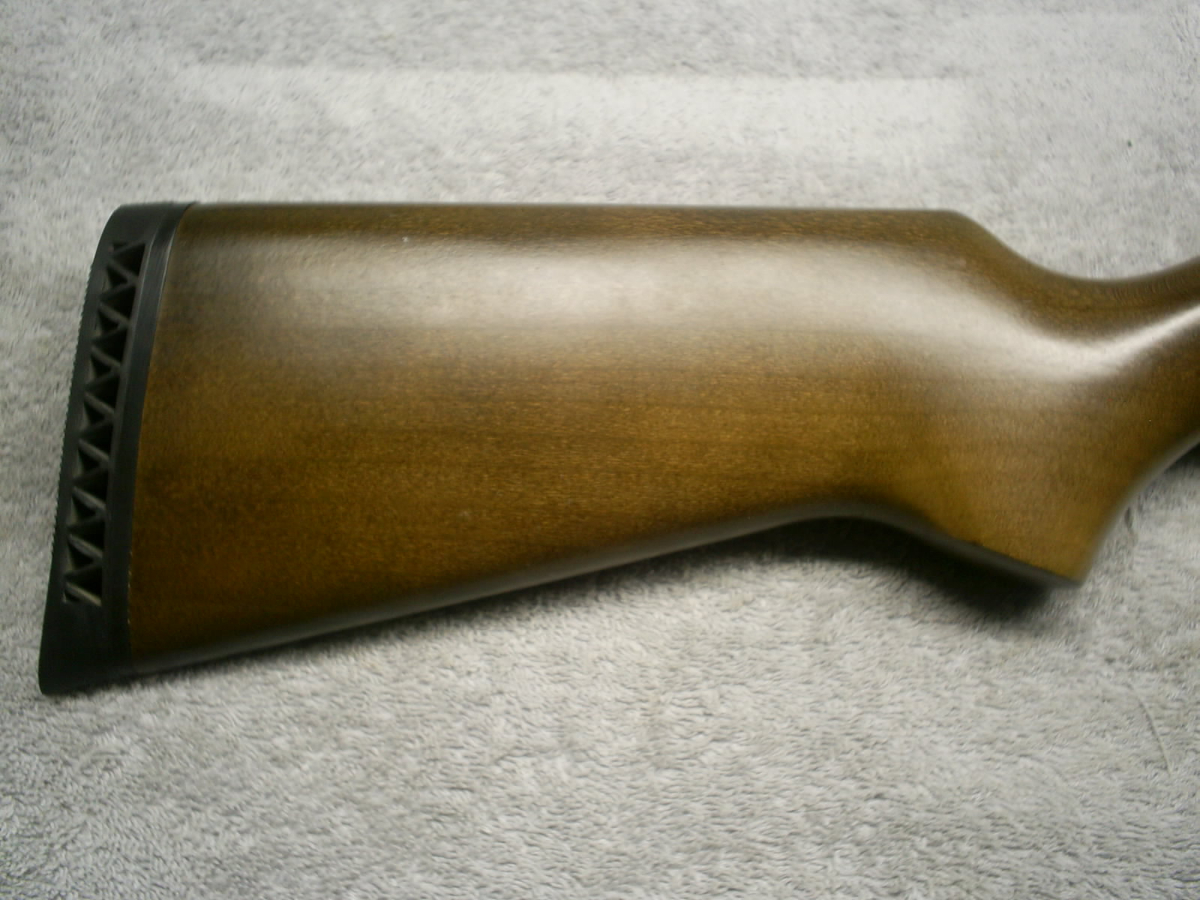
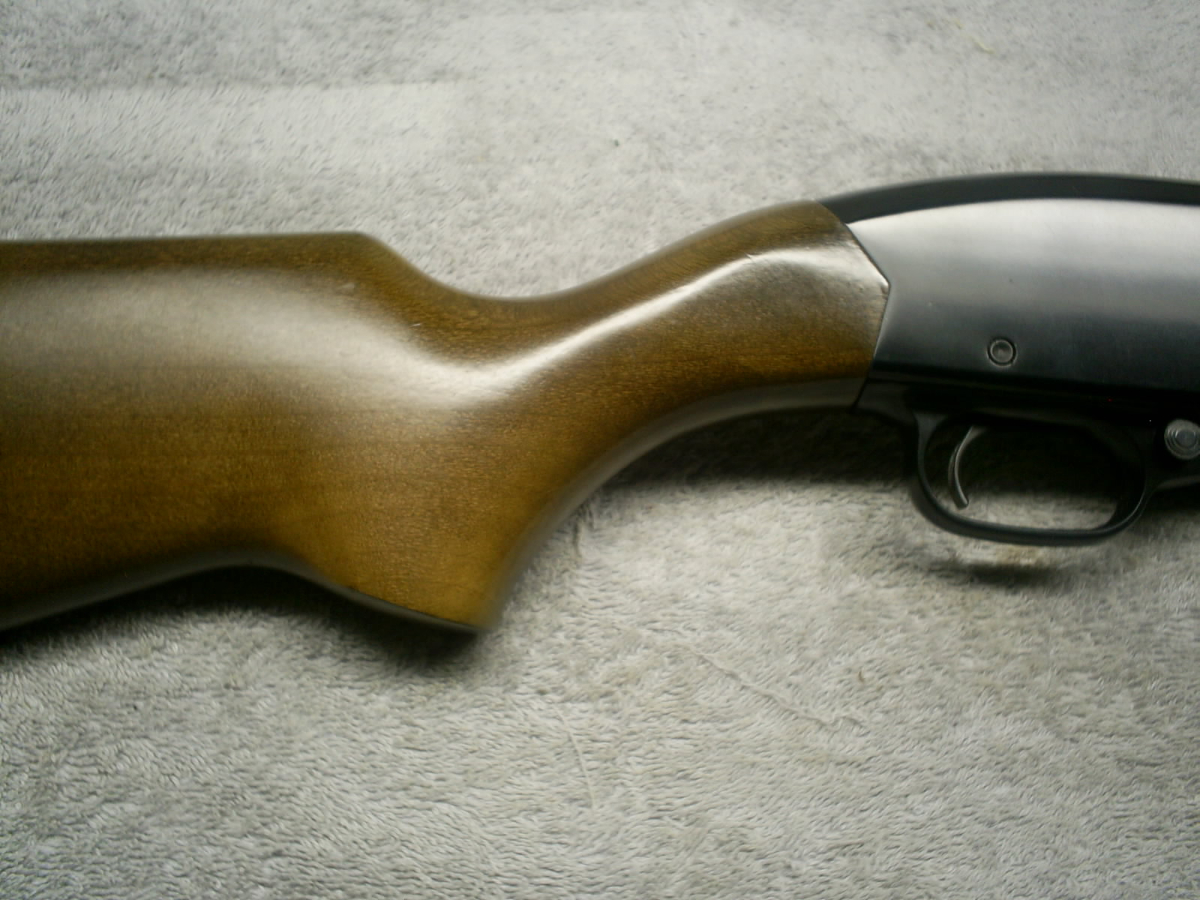
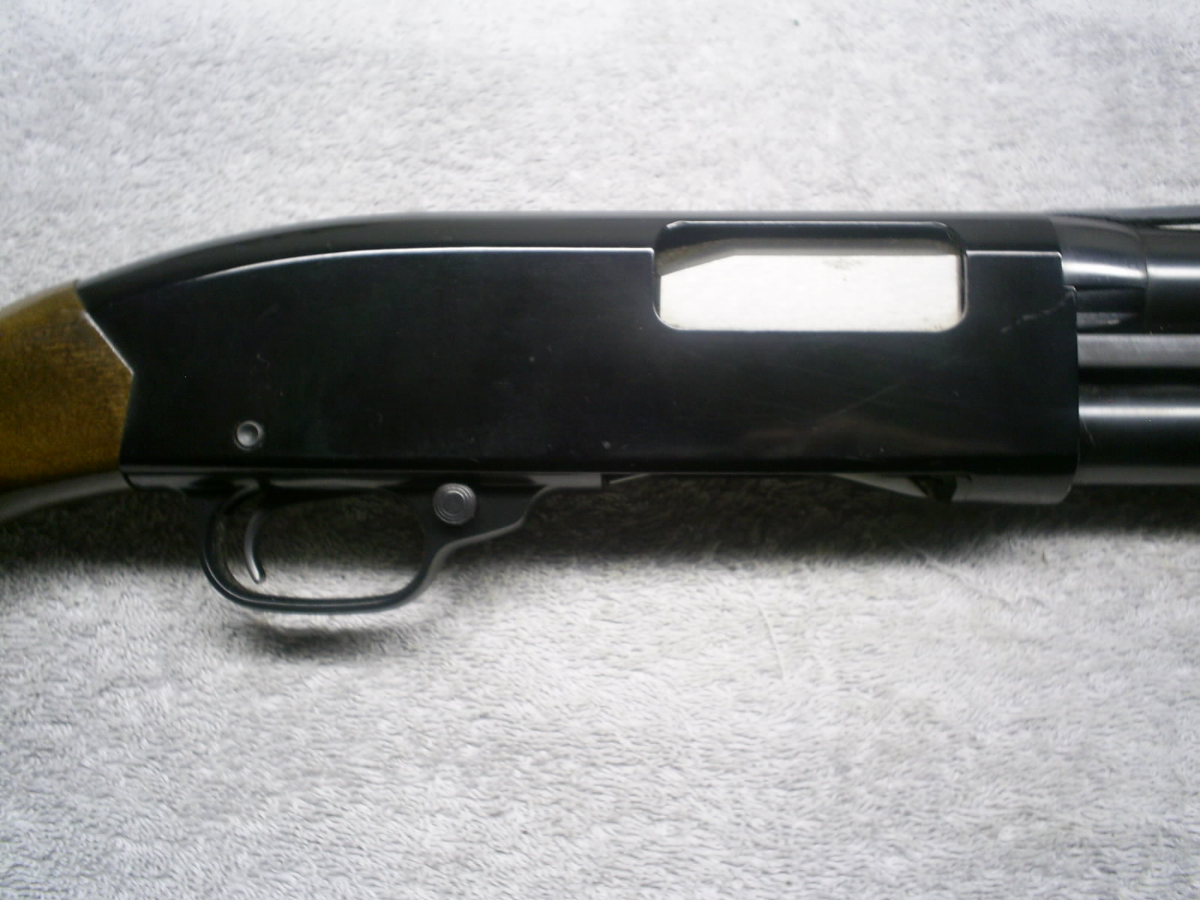
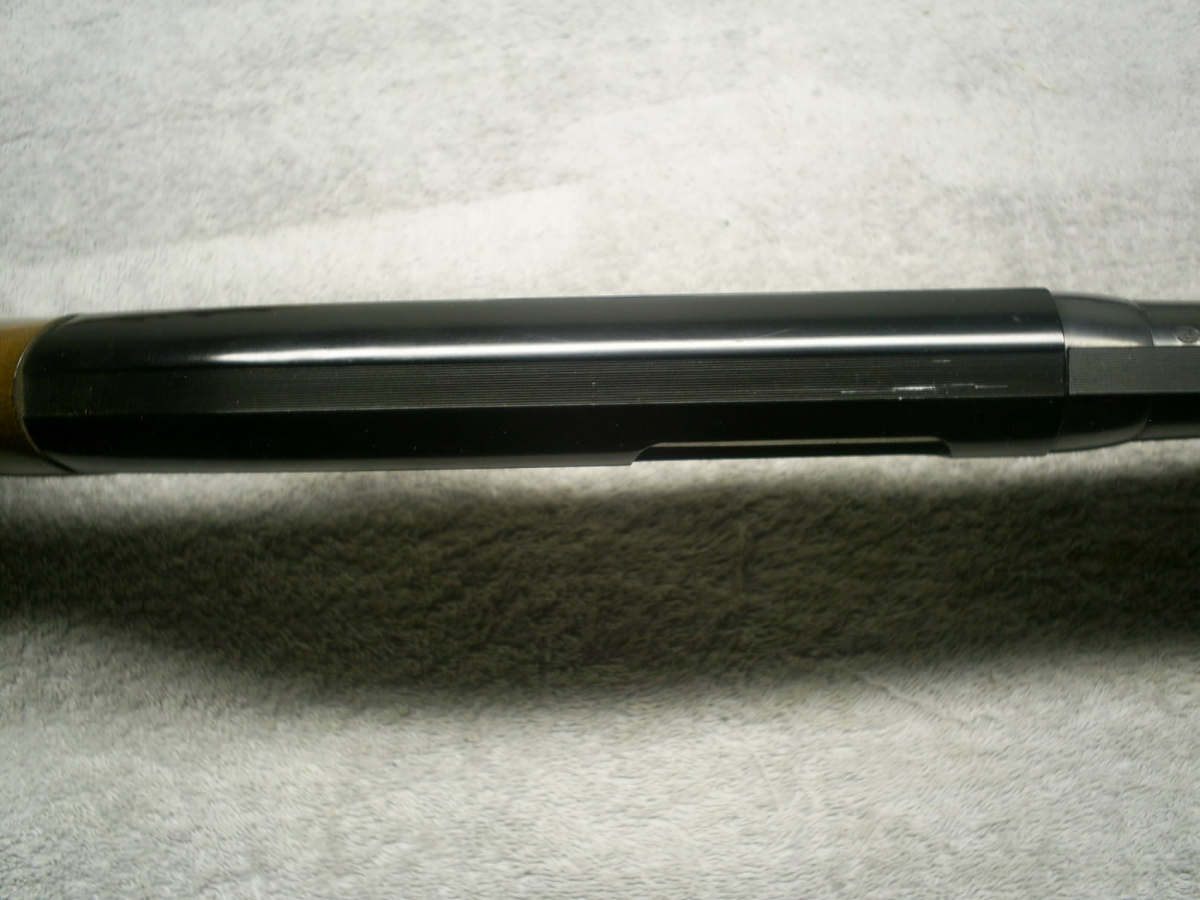
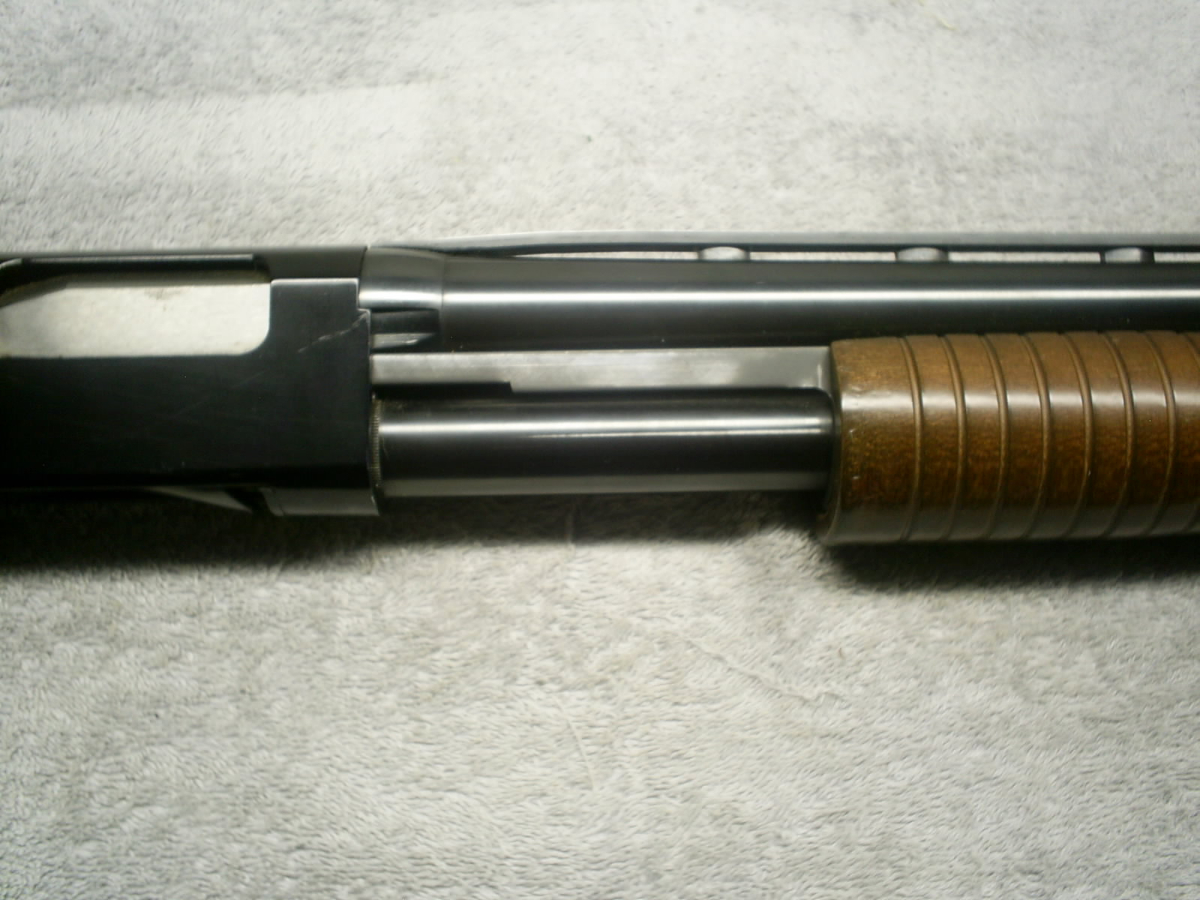
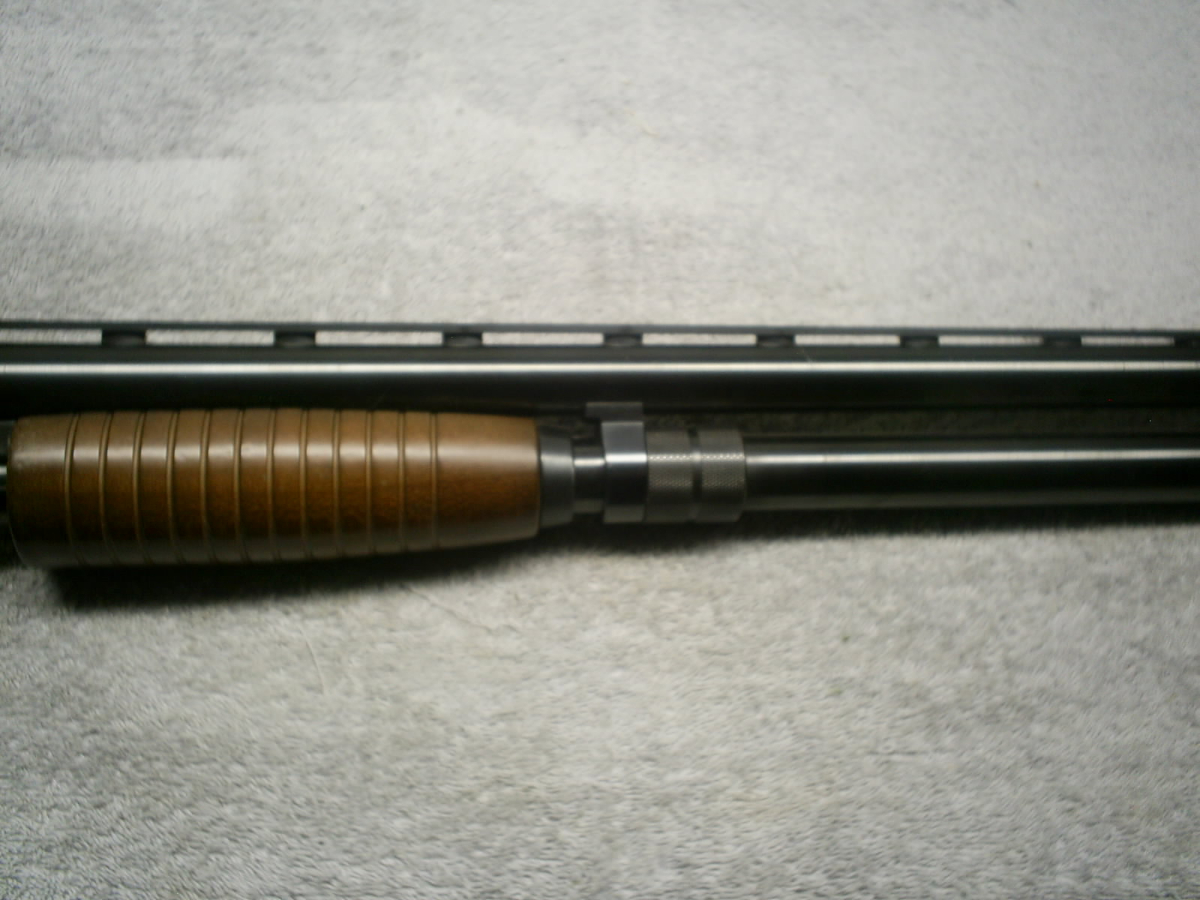
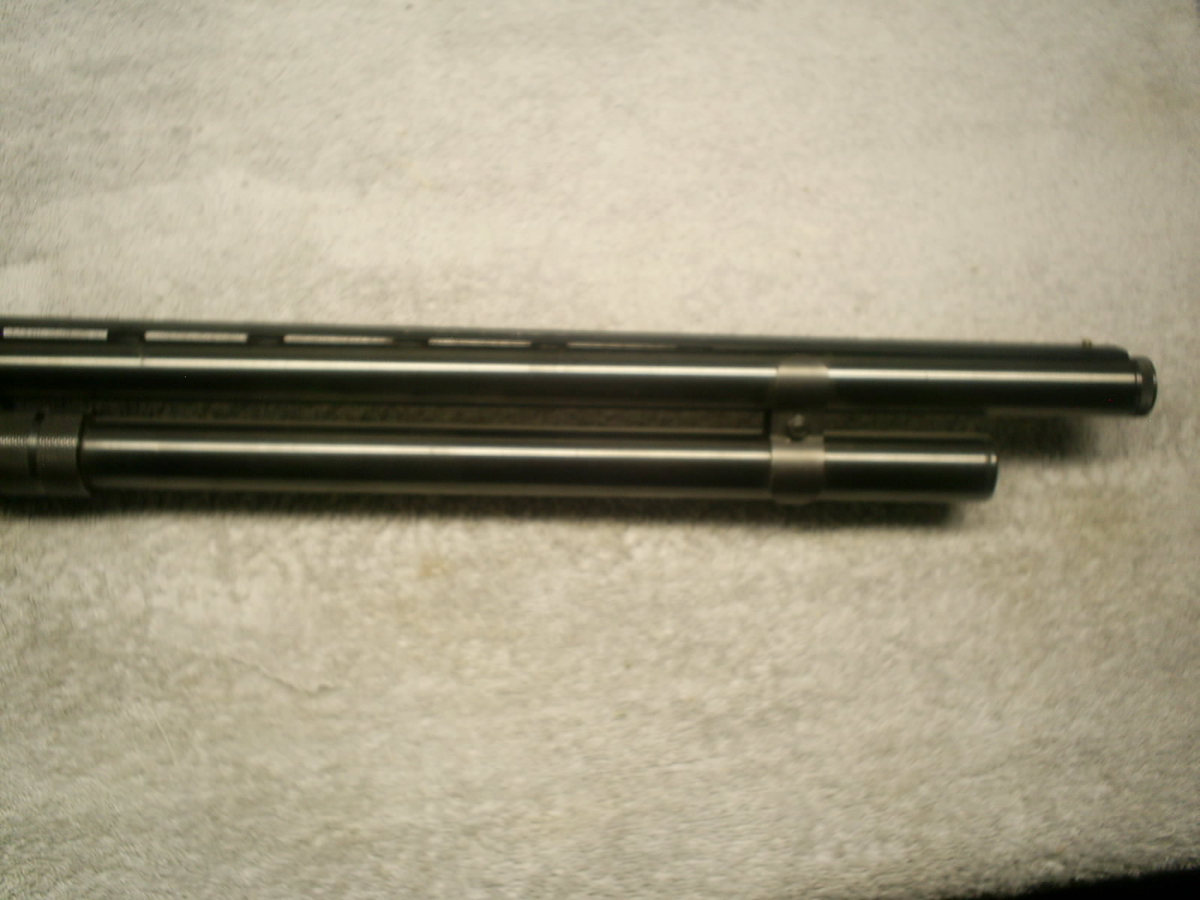
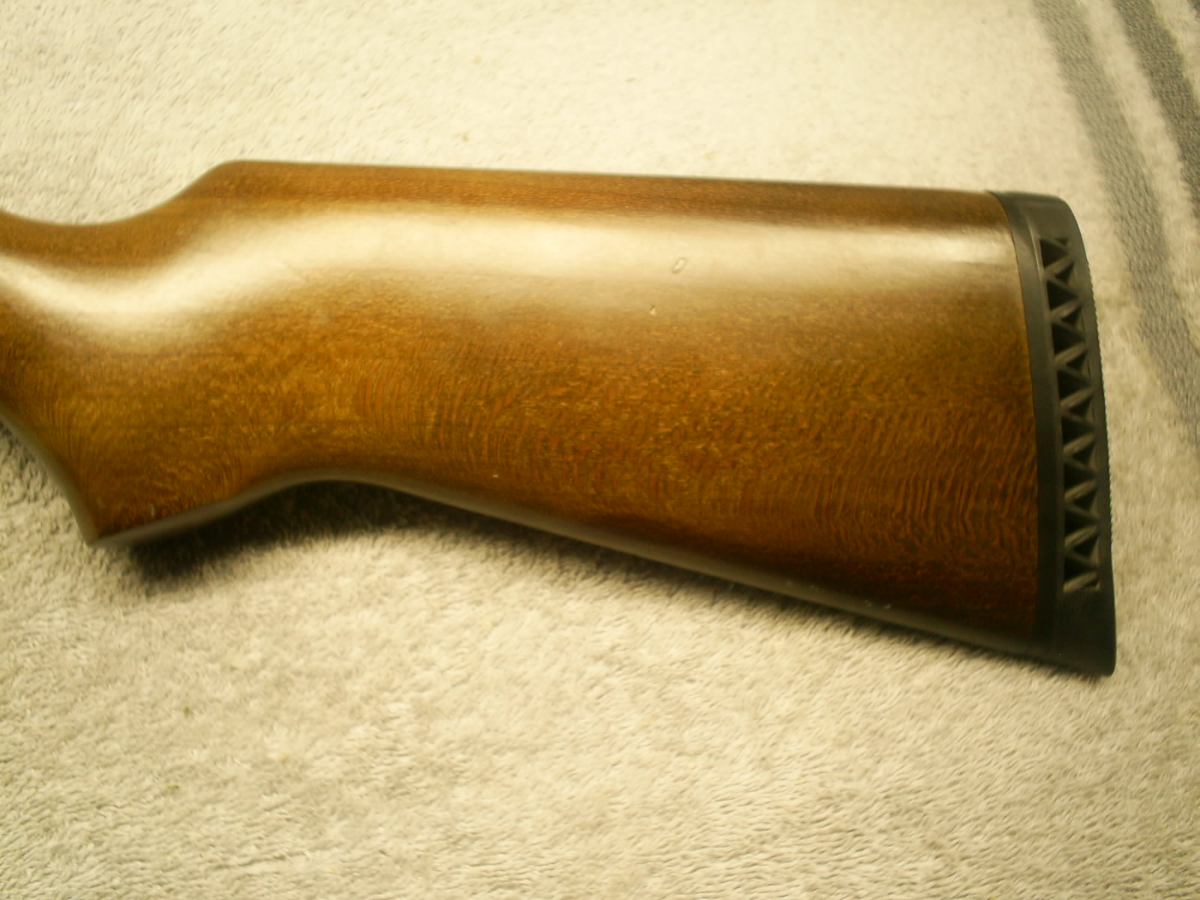
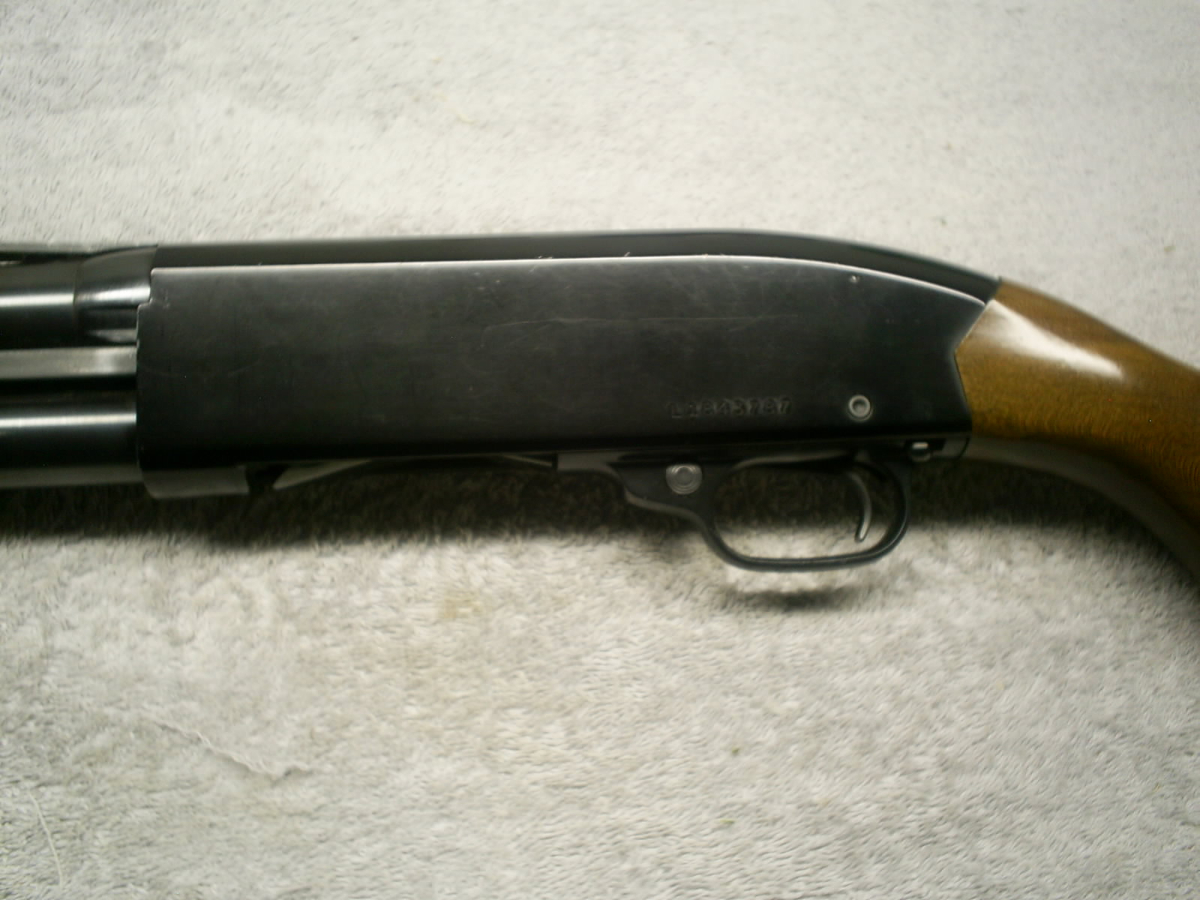
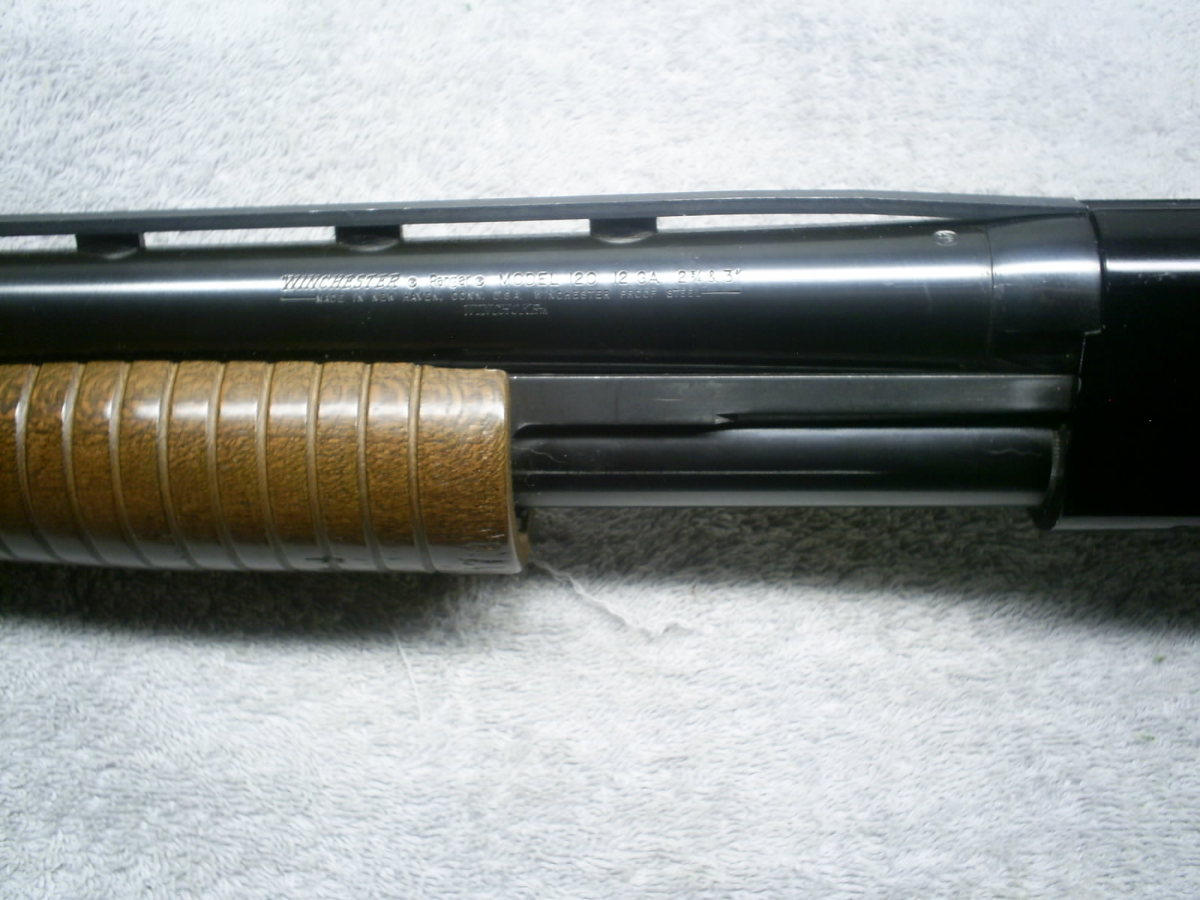
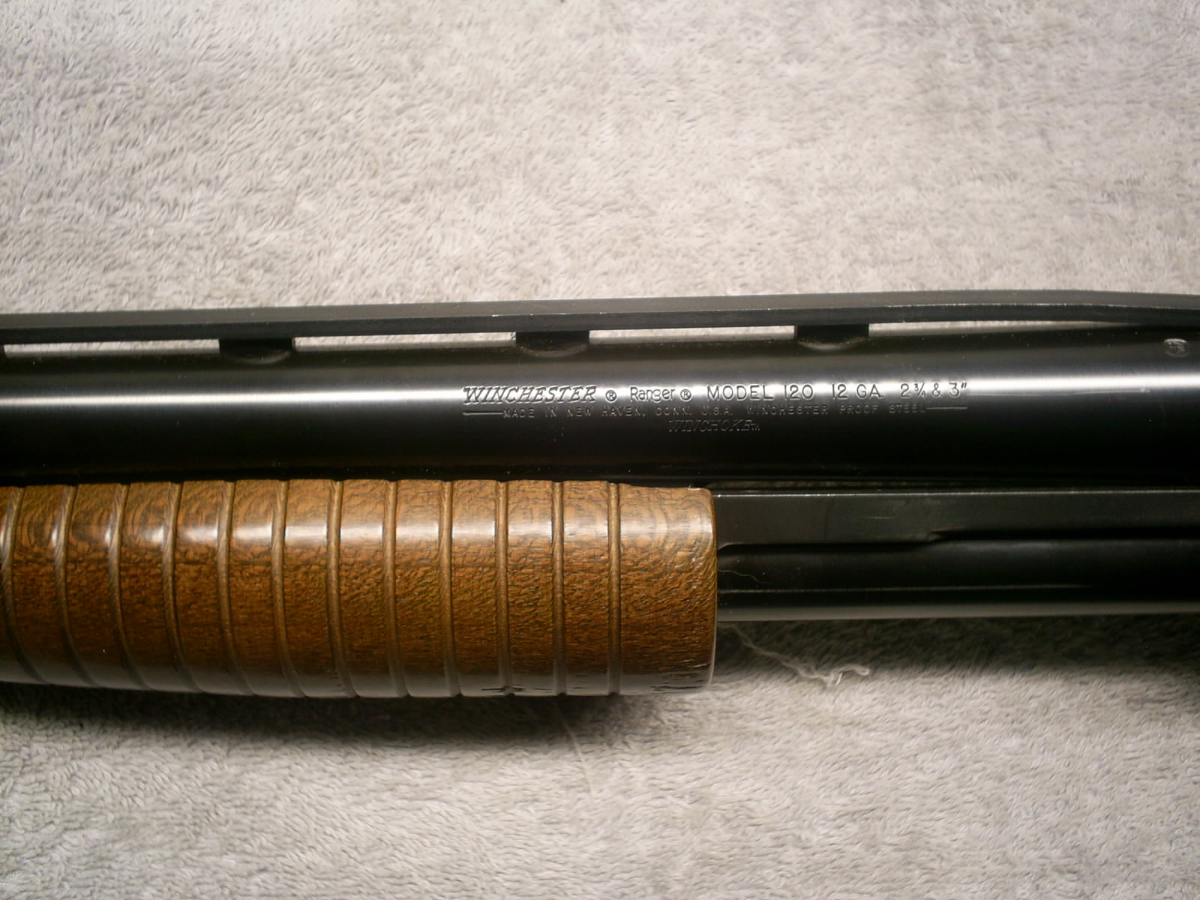

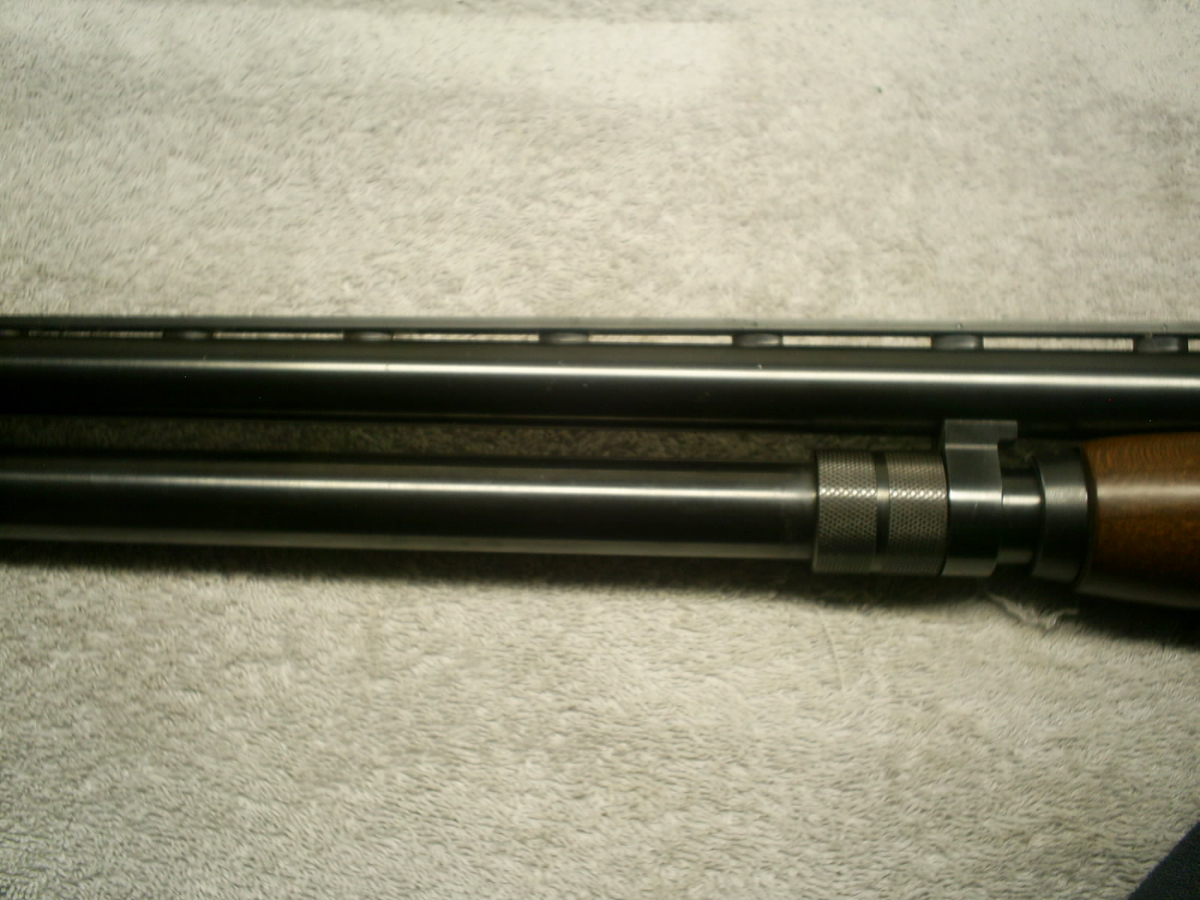
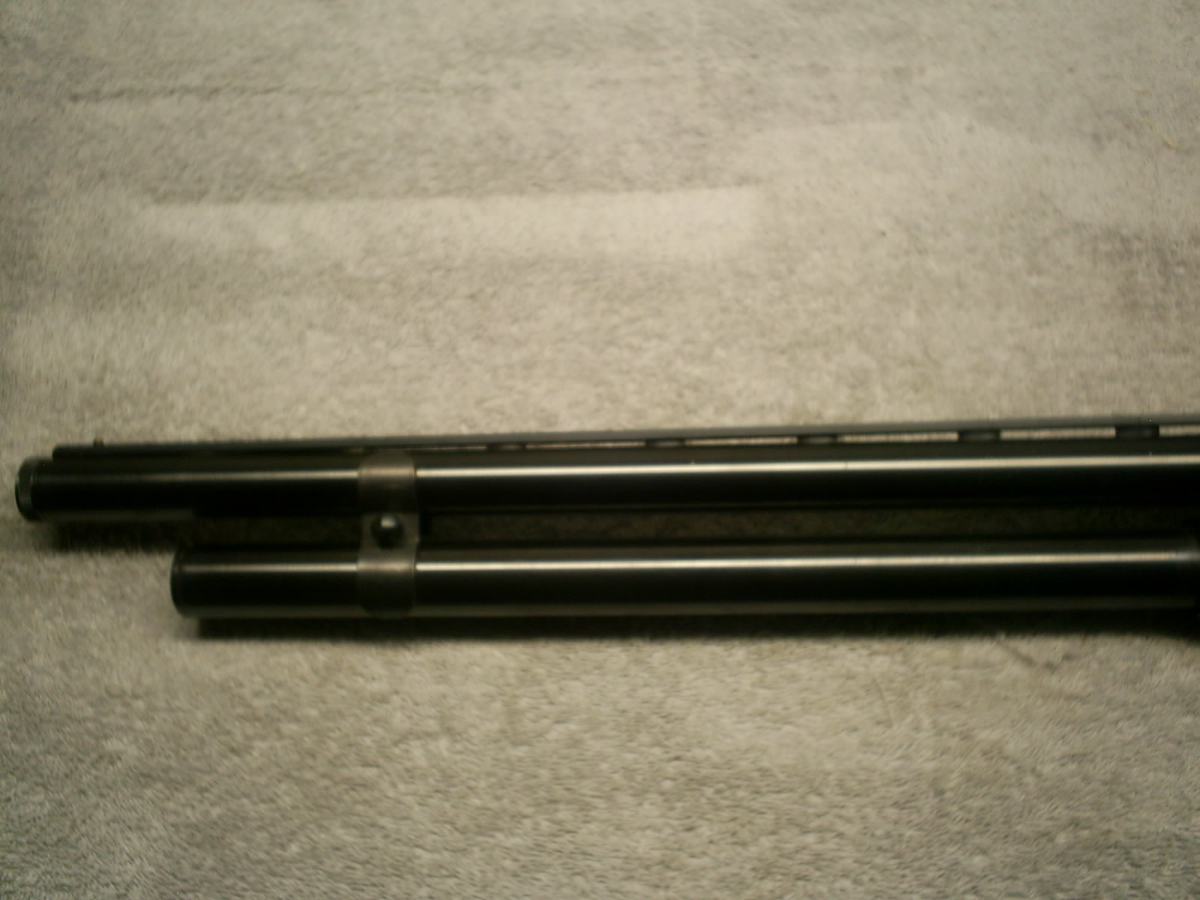
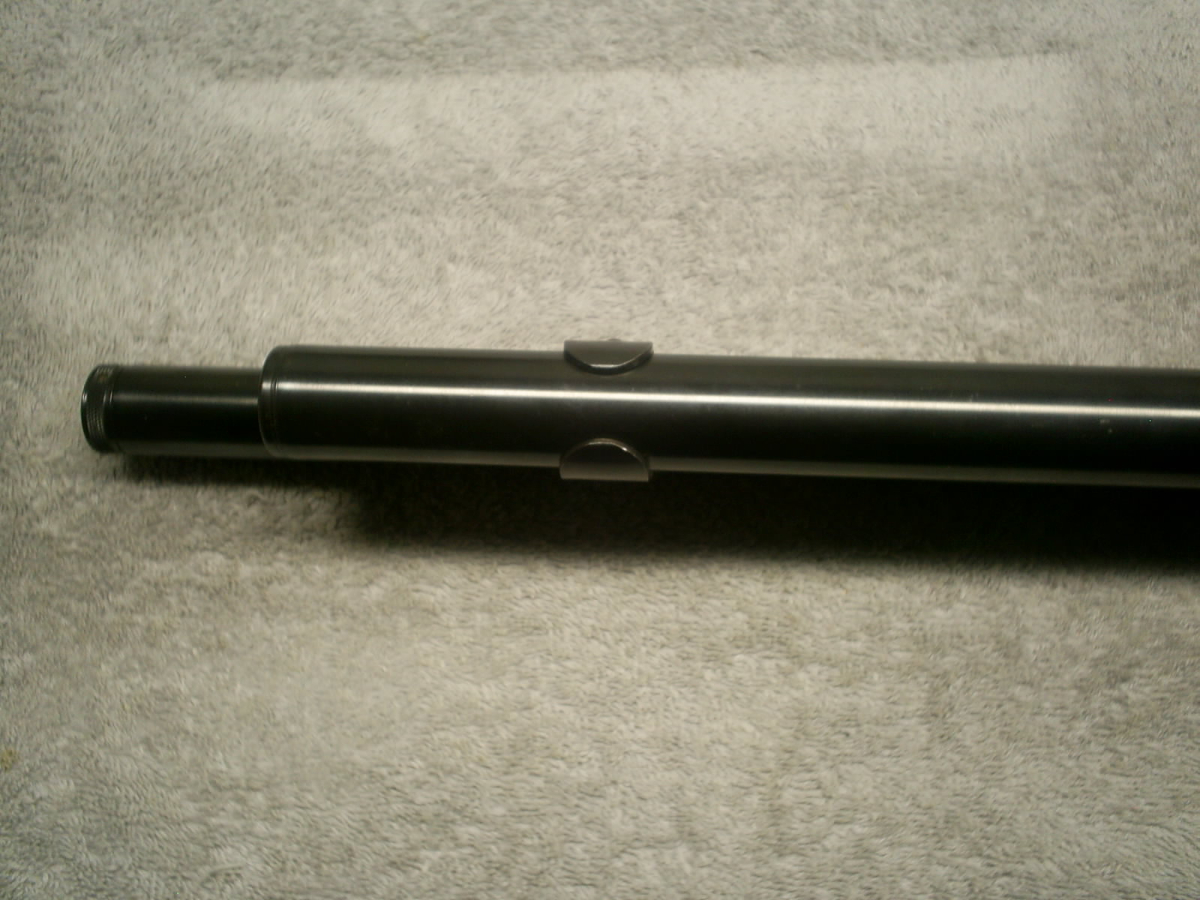
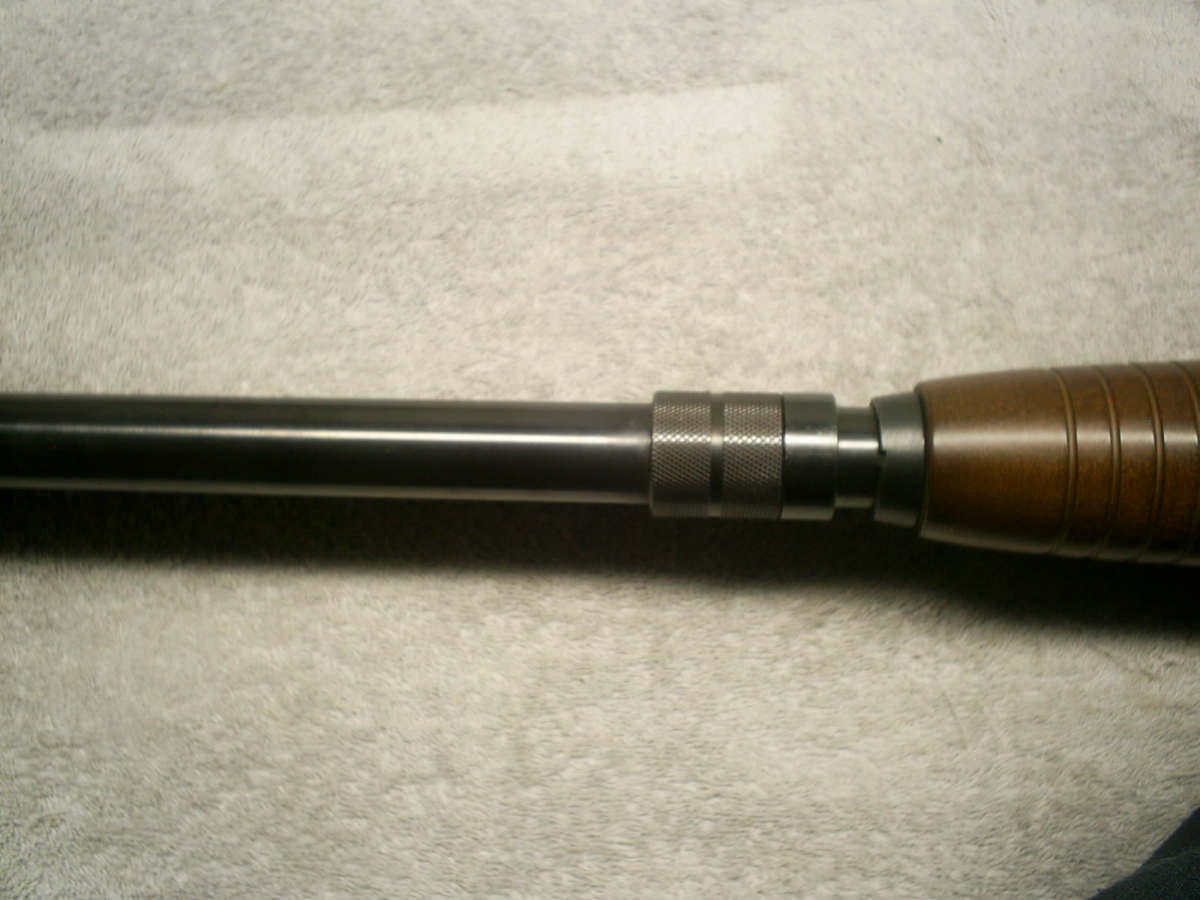
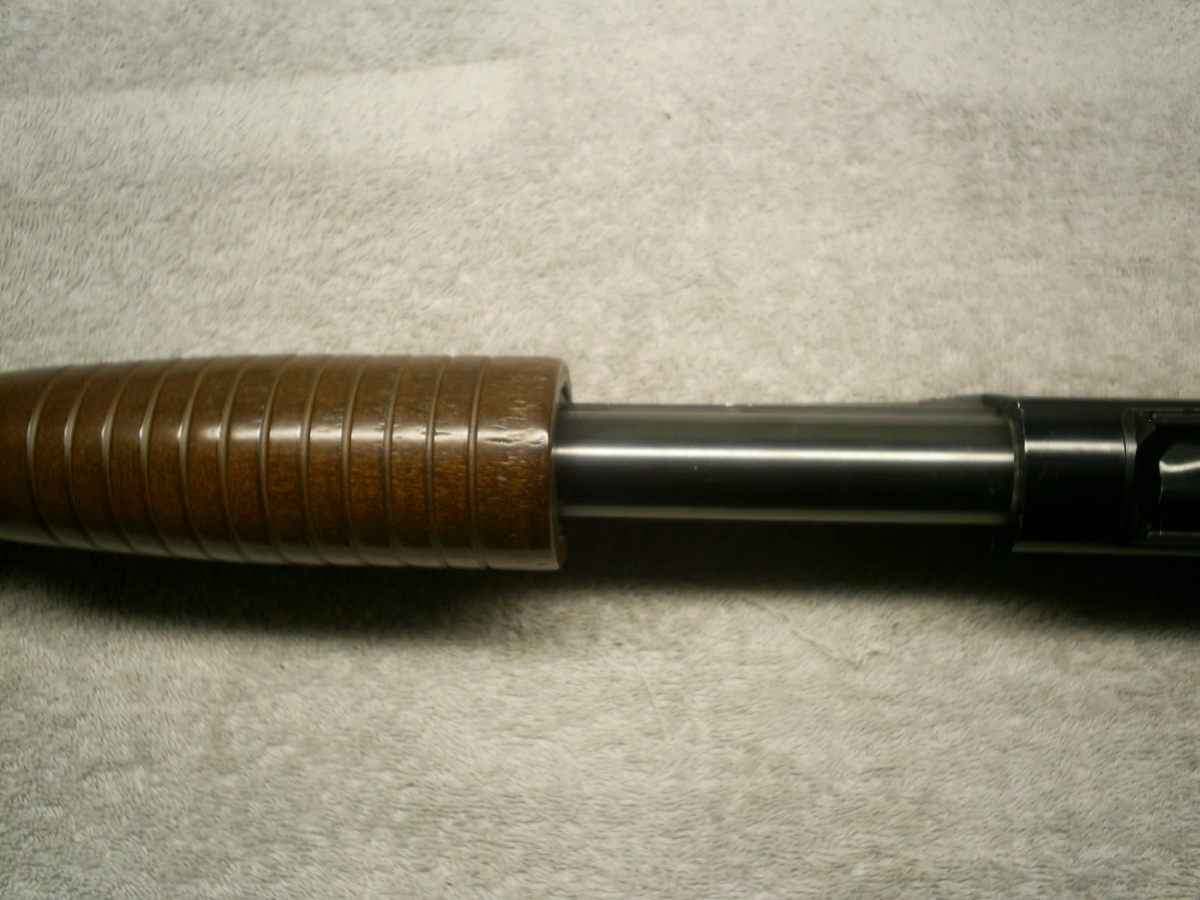
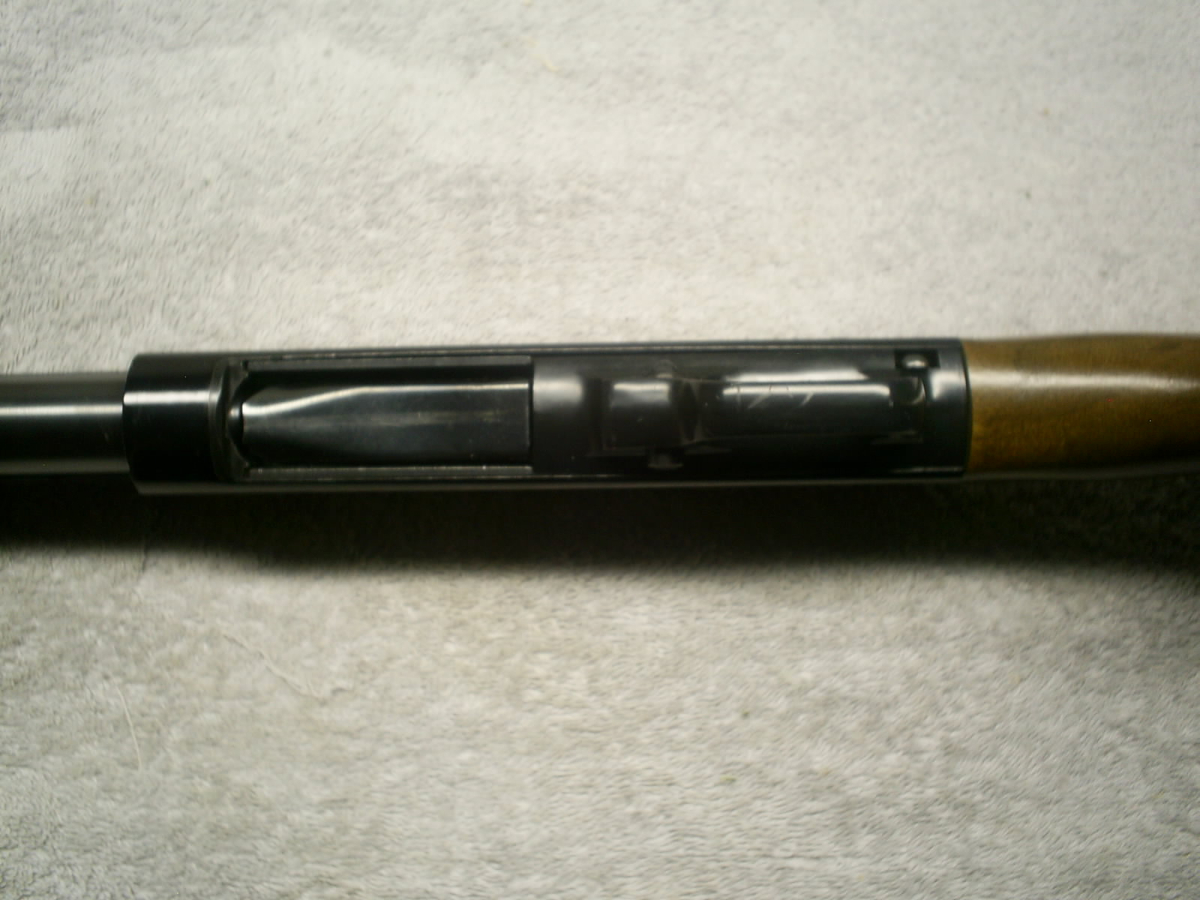
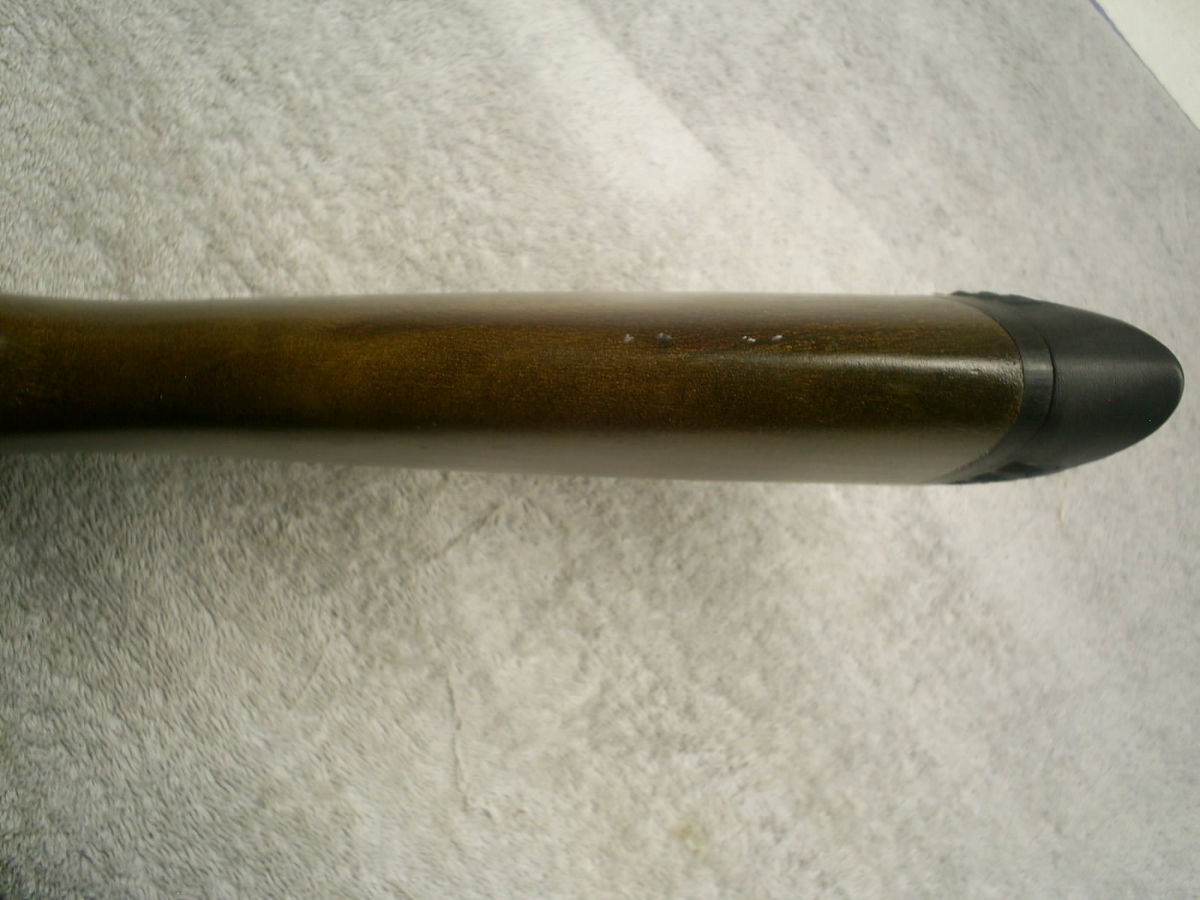

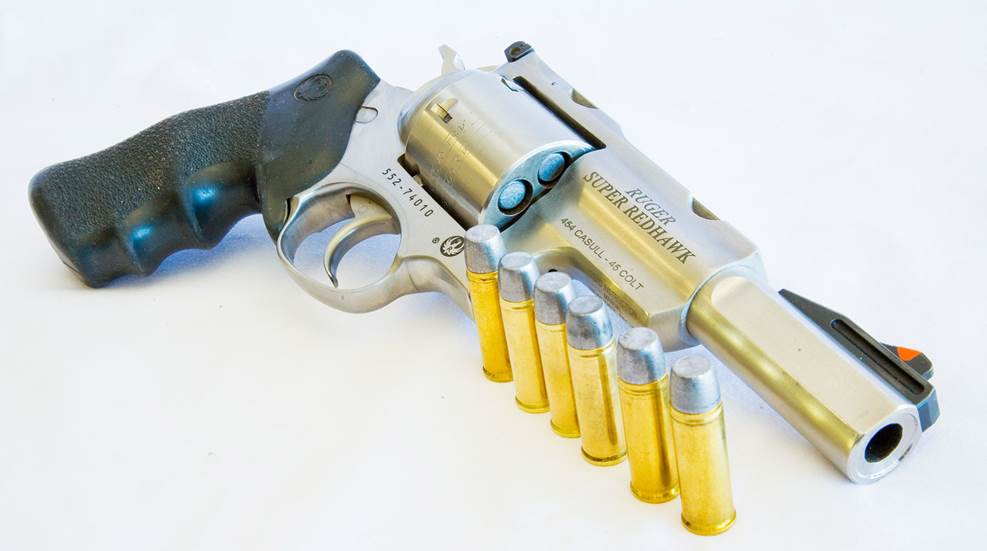
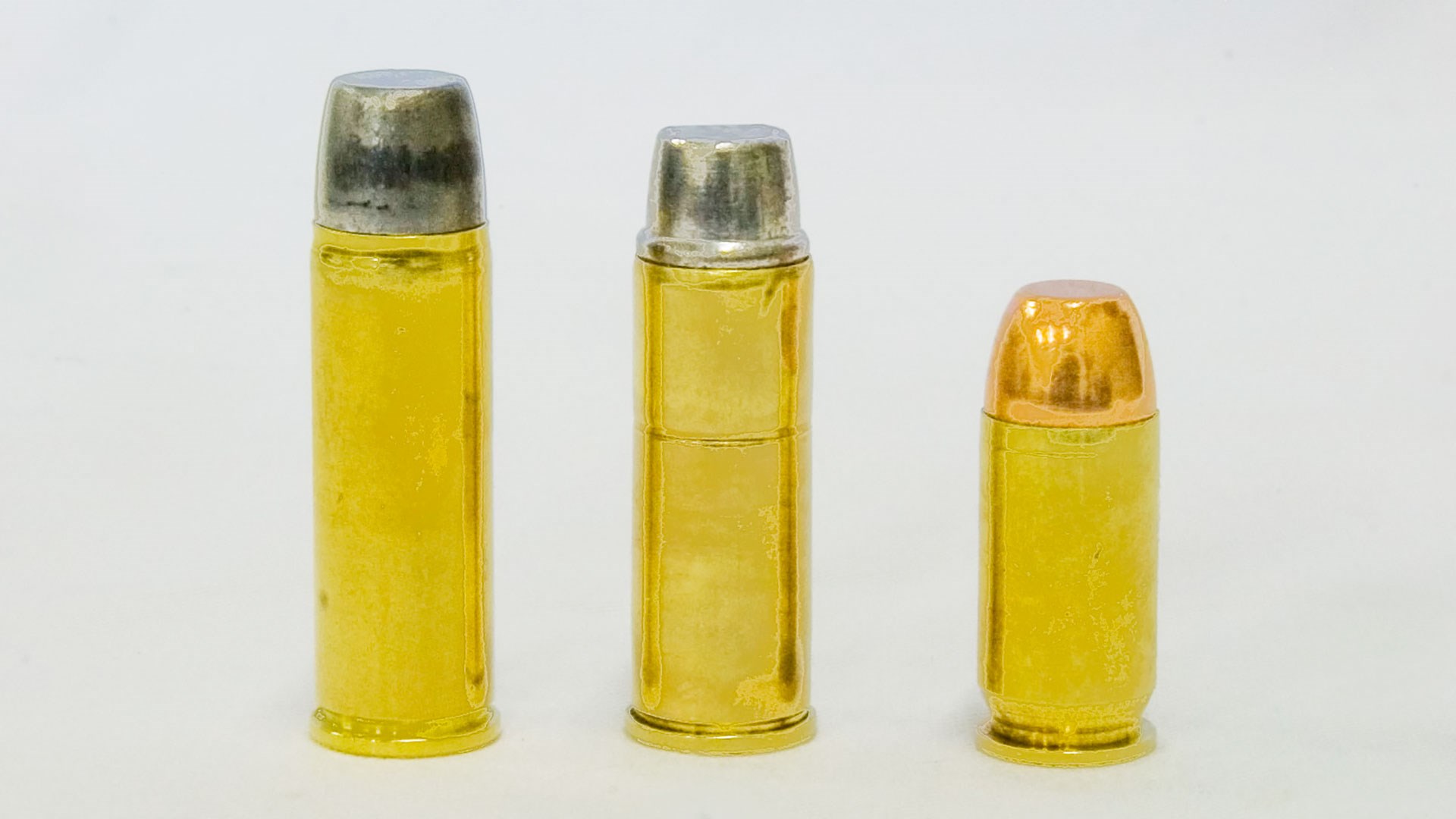 The .454 Casull (left), compared with .357 Mag. (center) and .45 ACP (right).
The .454 Casull (left), compared with .357 Mag. (center) and .45 ACP (right).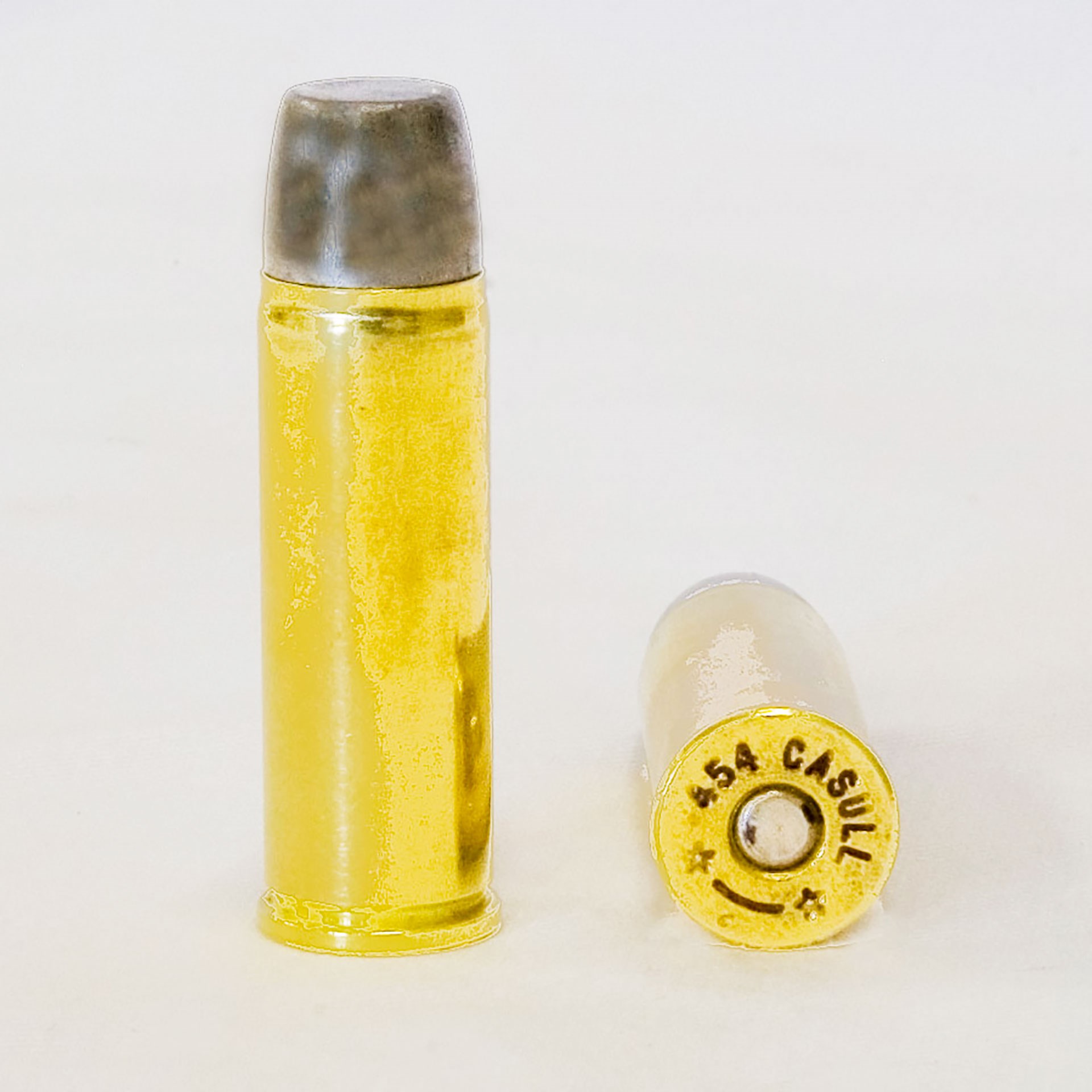 A view of a .454 Casull cartridge and head stamp.
A view of a .454 Casull cartridge and head stamp.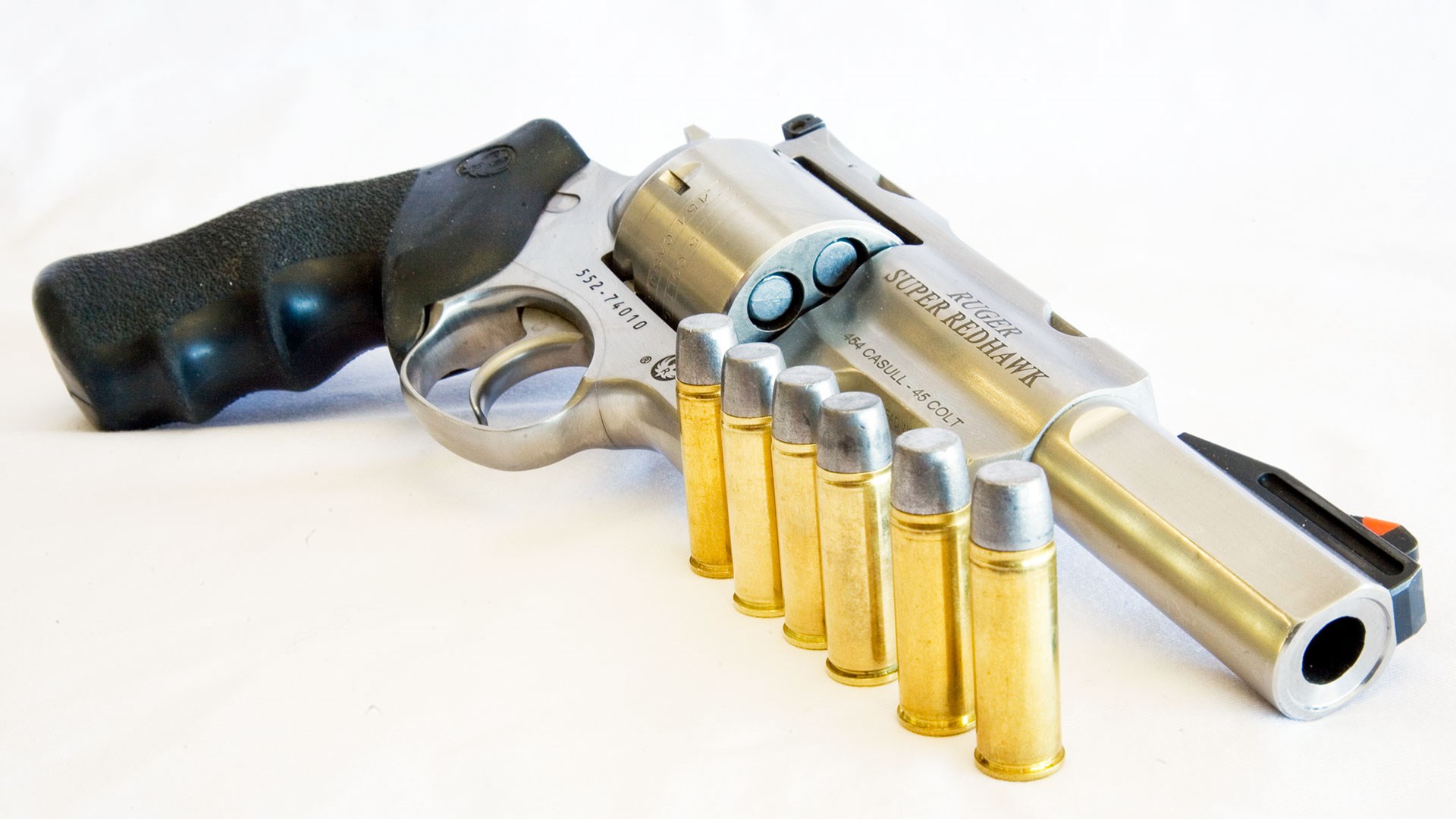 The Author’s Ruger Super Blackhawk loaded with .454 Casull cartridges.
The Author’s Ruger Super Blackhawk loaded with .454 Casull cartridges.